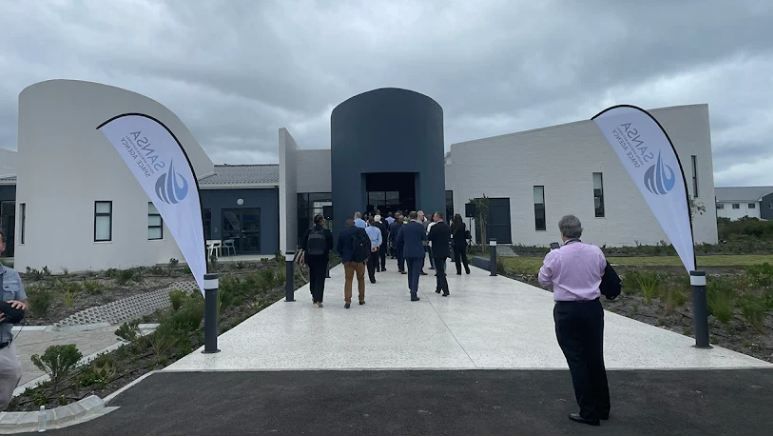South African National Space Agency Inaugurates Space Weather Center

The South African National Space Agency (SANSA) and the Department of Science and Innovation (DSI) contributed more than $5M (R100 million) towards the creation of the country’s recently inaugurated space weather center. According to the DSI, launching the center is a key component of a larger plan to put science, technology, and innovation at the forefront of the nation’s development priorities. The new space weather facility, which is situated in Hermanus, Western Cape, was declared open yesterday and is a first for the entire African continent.
According to Dr. Blade Nzimande, minister of higher education, science, and innovation, the total cost to build the center was R107.5 million spread over three years. It includes R36.6 million in direct SANSA investment as well as a ring-fenced establishment grant of more than R70 million from the DSI. Building on the history of space weather research and development, it involved developing infrastructure, deploying instruments, creating products and services, and developing skills and capabilities.
The DSI said that SANSA has been running a space weather center for the last ten years with a narrow focus. It tracked the sun’s activities, provided space weather forecasts, alerts, and environmental data on the state of the atmosphere in space.
Nzimande explains the importance of the new center by pointing out the necessity of early warnings and predictions for shielding satellites, national power grids, communications, and navigation systems from the damaging impacts of solar storms and other space weather.
“Space weather can interfere with satellite electronics, communications and GPS signals, among other things. With the growing need to monitor space weather and its impact on communities and technology, SANSA joined the membership of the International Space Environment Service and contributed this service as the regional warning centre for space weather in Africa.”
About South African National Space Agency
SANSA, a department of the DSI, was established in 2009 with the goal of encouraging research and development in the fields of science, technology, aeronautics, and all aspects of the nation’s aerospace industry. Additionally, it seeks to guarantee the execution of South Africa’s national space plan.
Nzimande claims that SANSA’s main strategic outcomes are in line with particular DSI strategic outcomes, including: transformed, inclusive, responsive and coherent national science and innovation; increased knowledge generation and innovation output; human capabilities and skills for the economy and development; and knowledge utilisation for economic development – focused on revitalizing existing industries and encouraging R&D-led industrial development, to name a few.
Nzimande praised the SANSA researchers and notes that SA is now having a greater international impact on new space research. Additionally, SANSA was able to maintain its enhanced focus on reshaping the space industry through public outreach and talent development thanks to the backing of the DSI.
“SANSA also has a role in international space cooperation; for example, we are currently negotiating with NASA for the establishment of a tracking and telemetry station in Matjiesfontein in support of future lunar exploration,” Nzimande states.
